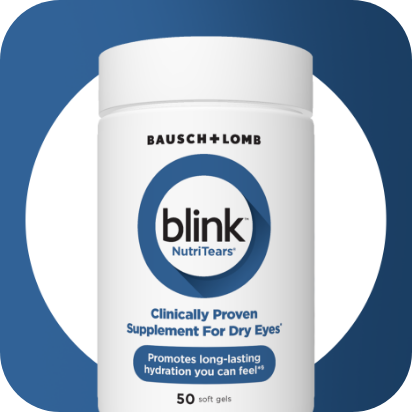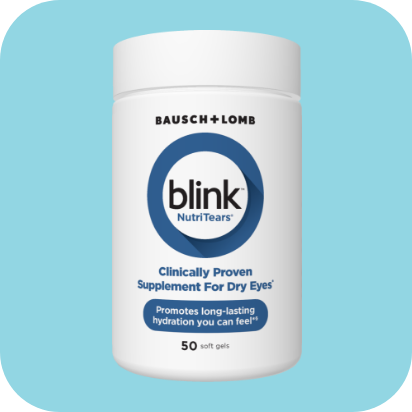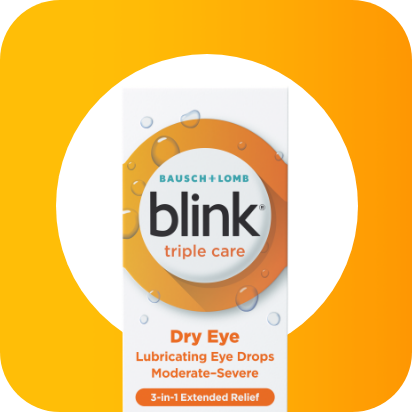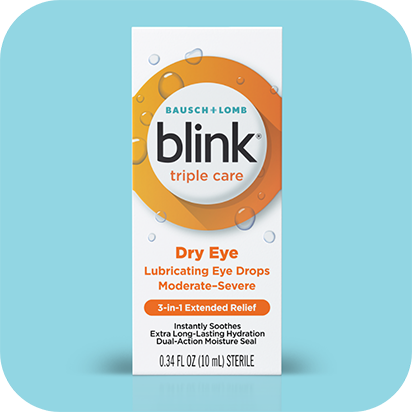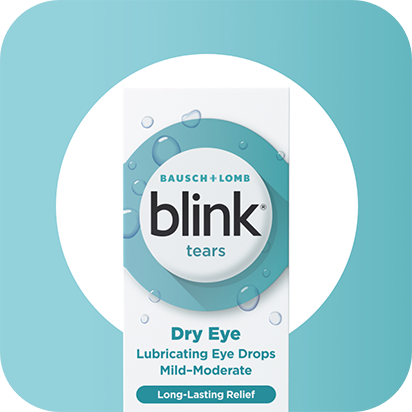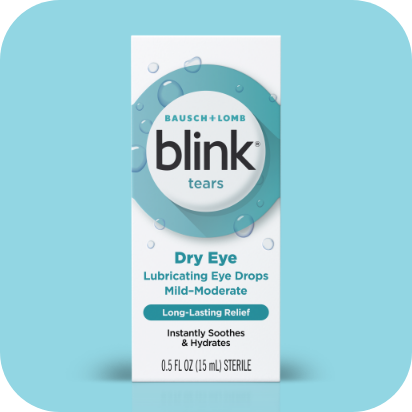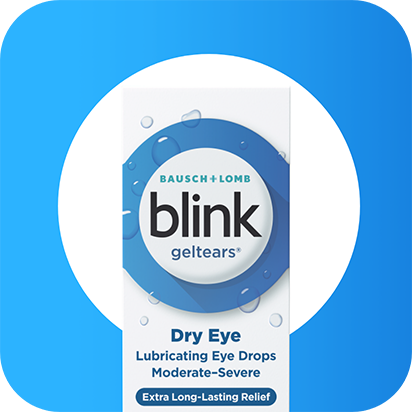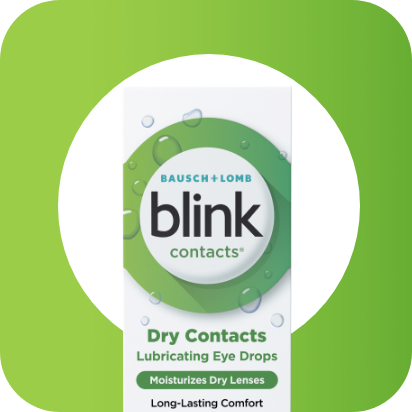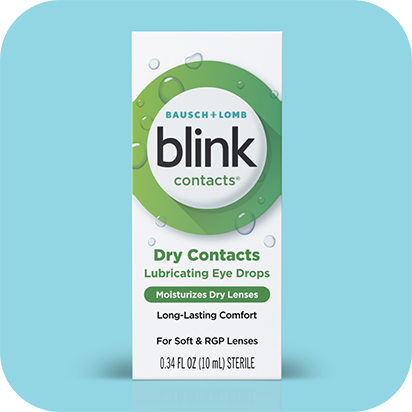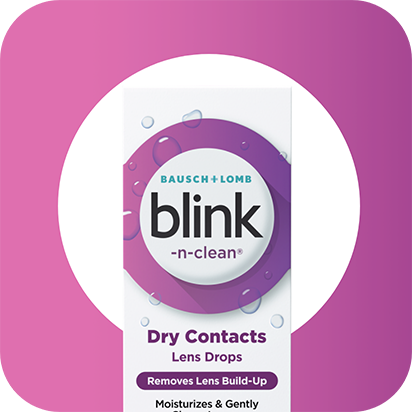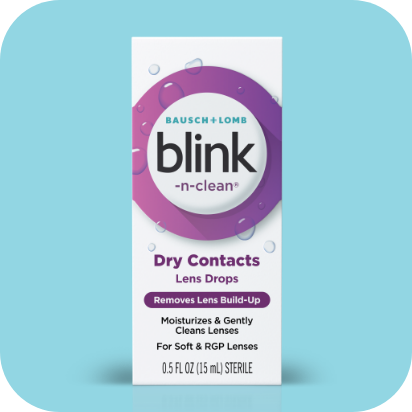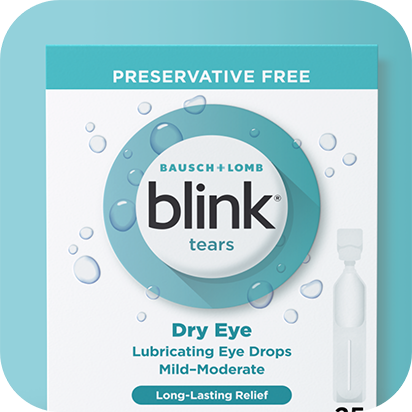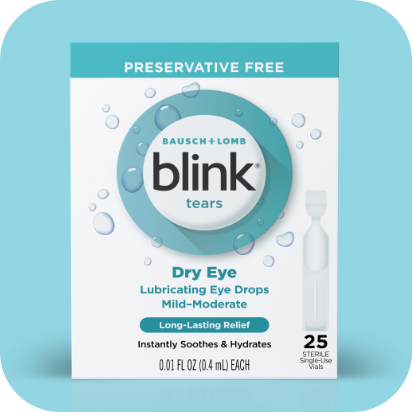Tips for Dry Eye6
How Can You Relieve Dry Eye Symptoms?
Try these quick tips and home remedies for dry eye symptoms, and see if you notice a difference:
- Use lubricating eye drops
- Adjust your environment (for example, change the direction of a blowing fan, or add a humidifier to add moisture to the air)
- Take frequent breaks from your digital devices and don’t forget about the 20/20/20 rule.
- Include sufficient amounts of Vitamin A and Omega-3s in your diet
Give Your Eyes An Instant Refresh With The 20-20-20 RULE
- Every 20 minutes
- Look up for 20 seconds
- And focus on an object 20 feet away
- Then blink 20 times to give your eyes an extra bit of care.
No matter where you are or what you’re doing, having happy, hydrated eyes can help keep you going.
Since temperature, wind, low humidity, and arid environments can all impact your eyes, it’s important to plan for and adjust accordingly. On windy days, it may be helpful to wear sunglasses to help shield your eyes. And, if you’re going to be in an air-conditioned room for several hours, it could be helpful to have lubricating eye drops on hand just in case. A humidifier also can help add moisture to dry air indoors.
If traveling by plane, changes in pressure, reduced oxygen levels, and low humidity can all contribute to dry eye symptoms. Be sure to pack lubricating eye drops in your carry-on! If you’re driving instead and prone to dry eye, it can be helpful to keep the windows closed and turn down the heat or air conditioning—or at least keep the vents pointed away from your face.
Eye-friendly nutrients contribute to good eye health and can even help reduce the risk of certain eye diseases. For dry eye, specifically, foods rich in vitamin A help provide moisture to the eyes. Omega-3 fatty acids, like those found in fish like salmon, tuna, and halibut, help with tear function, too.
Following the 20-20-20 rule can help: Look 20 feet away for 20 seconds, every 20 minutes. Want to take it a step further? Blink 20 times to give your eyes an extra bit of care. If you’re using a computer, keep your computer screen 20-28 inches away from your face and slightly below eye level.
The simple act of blinking cleanses the surface of your eye and replenishes it with fresh tears. So, don’t forget to blink! It’ll help moisturize and soothe your eyes. If your eyes are feeling a little tired or dry, try closing them for a minute for a refresher.
Relief With Every Blink
Find long-lasting relief that best fit your dry eyes or contacts.





